.jpg)
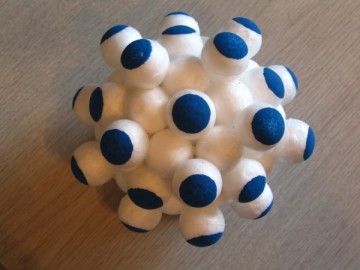
Diamond
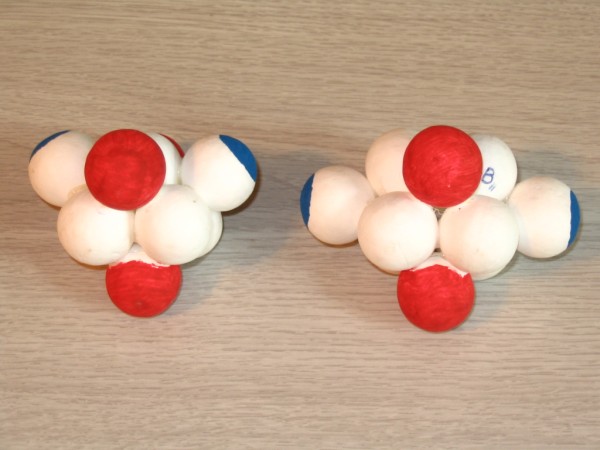
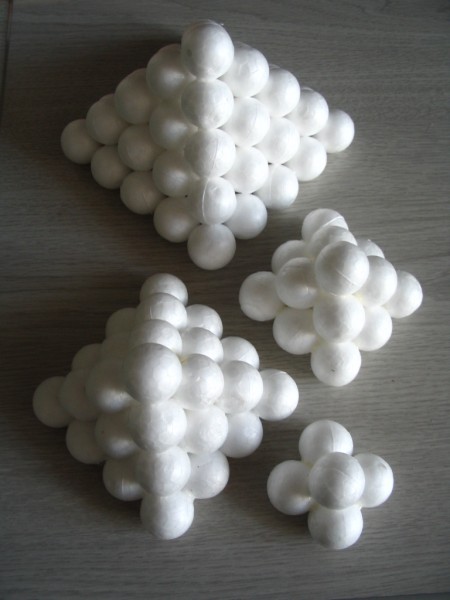
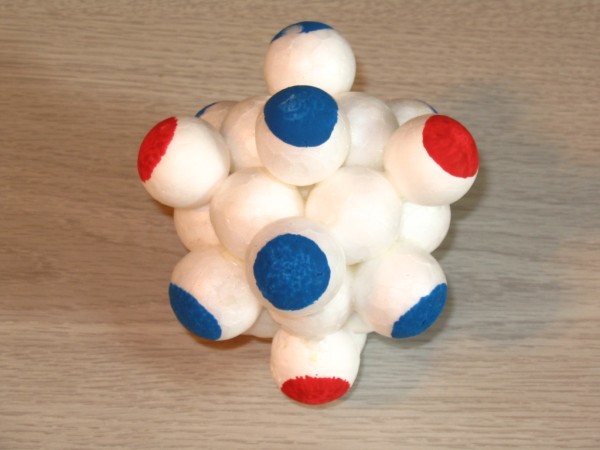
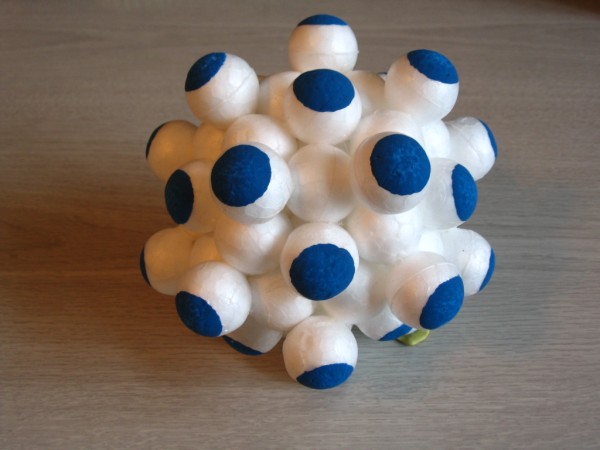
Arsenic
Boron 10 & 11
Fluorine
Neutron Octacores
Low Energy Nuclear Reactions
(Excerpts From The Hydreno Atom Ebook)
Regarding Low Energy Nuclear Reactions
The heretical assertion that nuclear reactions can occur at low energies is not at all new. Indeed, the mountain of evidence that has accumulated in support of this notion is entirely compelling and can only lead to the objective conclusion that nuclear reactions at low apparent energies are simply a fact, despite the loud objections that come from the various quarters of vested interest, including the 200 year old fortified encampments of high energy physics and Lavoisier chemistry.
Historically, claims of this sort date all the way back to the peers of Lavoisier himself. Vauquelin’s[1] contrary experiments were equally as rigorous as his, but would simply not be heard in the wake of Lavoisier’s heroic, martyrdom at the gallows of the French revolution. Furthermore, it was the Alchemist’s often, overt and lamentable connection with mystical thought that was no doubt the biggest contributing factor to the demise of this pseudo-science in the wake of the concrete materialism of the burgeoning scientific revolution.
Enrico Fermi[2], one of the founding fathers of nuclear physics, also reported the anomalous fusion of heavy ice and deuterium while attempting to produce neutrons, but apparently chose not to give it the attention it clearly deserved. More recently, Nobel candidate Louis Kervran[3] provided a wide variety of compelling evidence, clearly indicating that anomalous nuclear fusion and fission reactions occur with surprising abundance, even in nature, at very low observable energies, that do not necessarily correspond with the present notion of mass-energy conversion yields based in the supposed mass defect of nuclear reactions.....
Following Kervran’s lead, George Oshawa reported the nuclear fusion of Na and O within a cold plasma, vacuum tube claiming production of Potassium according to the chemo-nuclear reaction Na23 + O16 à K39, which in nature is evidently endothermic, and also reversible as just one example of a Cold fission reaction. The anomalous cold fission of Plutonium[4], Thorium and a variety of other heavy metals has also been reported by various reputable laboratories as the resolution of experiments steadily improves.....
Predating the Pons and Fleichmann, Cold Fusion fiasco, was a series of Carbon arc in water experiments first reported in 1965 by G. Oshawa[6] and independently replicated by M. Porringa[7], M. Singh[8], J. Bockris[9] and others. All parties have repeatedly observed the anomalous presence of aluminum, silicon, iron and numerous other elements when a DC arc is struck between ultra pure graphite electrodes immersed in light water. Concentrations exceeding 2000 ppm have been noted using electrodes, which initially contained less than 1 ppm total impurities. Two of the suspected reactions include CO à Si followed by 2Si à Fe with numerous other reactions identified on a conjectural basis.....
The most recent evidence from R. Taleyarkhan[10] of Oak Ridge Nuclear Laboratories, indicates that deuterium fusion can also occur during the process of Sonoluminescence, providing further confrimation of the Passive Inertial Confinement model invoked for the ZIPP fusion process. ZIPP fusion shares many of the essential attributes of the Sonofusion process, including implosion of microscopic cavitation bubbles accompanied by a plasma like discharge within a dielectric fluid, with the intended fusion fuel entrained in solution.
This novel fusion process was presented[11] before the prestigious Louis de Broglie Foundation and the Canadian Nuclear Society. The results of these fusion experiments are however an order of magnitude more controversial than the widely replicated Sonofusion process. The apparent fusion of such relatively large nuclei at such low observable energies in conjunction with a wealth of other reputable enigmas obviously calls for some major revisions to the existing paradigm of Atomic theory.....
Such “Lavoisier nightmares” are frequently accompanied by the release of excess heat based on the temperature rise of the cell compared to the electrical energy input. This new class of chemo-nuclear reaction has been tagged ZEIPPIEN fusion or more simply, ZIPP fusion. The ZEIPPIEN label is just another acronym that stands for Zero-Point Energy Induced Plasma Pinch of Ionized Entrained Nuclei.
There is also ample evidence to assert that these reactions are frequently reversible, constituting a new class of low recoil, cold fission that yields non-radioactive, ground state daughter products, without the large release of thermal energy characteristic of conventional thermonuclear reactions. As an Engineer with 15 years of nuclear reactor experience, I am completely aware of the highly controversial nature of these claims......
© 2006, 2007
(Excerpts From The Hydreno Atom Ebook)
Regarding Low Energy Nuclear Reactions
The heretical assertion that nuclear reactions can occur at low energies is not at all new. Indeed, the mountain of evidence that has accumulated in support of this notion is entirely compelling and can only lead to the objective conclusion that nuclear reactions at low apparent energies are simply a fact, despite the loud objections that come from the various quarters of vested interest, including the 200 year old fortified encampments of high energy physics and Lavoisier chemistry.
Historically, claims of this sort date all the way back to the peers of Lavoisier himself. Vauquelin’s[1] contrary experiments were equally as rigorous as his, but would simply not be heard in the wake of Lavoisier’s heroic, martyrdom at the gallows of the French revolution. Furthermore, it was the Alchemist’s often, overt and lamentable connection with mystical thought that was no doubt the biggest contributing factor to the demise of this pseudo-science in the wake of the concrete materialism of the burgeoning scientific revolution.
Enrico Fermi[2], one of the founding fathers of nuclear physics, also reported the anomalous fusion of heavy ice and deuterium while attempting to produce neutrons, but apparently chose not to give it the attention it clearly deserved. More recently, Nobel candidate Louis Kervran[3] provided a wide variety of compelling evidence, clearly indicating that anomalous nuclear fusion and fission reactions occur with surprising abundance, even in nature, at very low observable energies, that do not necessarily correspond with the present notion of mass-energy conversion yields based in the supposed mass defect of nuclear reactions.....
Following Kervran’s lead, George Oshawa reported the nuclear fusion of Na and O within a cold plasma, vacuum tube claiming production of Potassium according to the chemo-nuclear reaction Na23 + O16 à K39, which in nature is evidently endothermic, and also reversible as just one example of a Cold fission reaction. The anomalous cold fission of Plutonium[4], Thorium and a variety of other heavy metals has also been reported by various reputable laboratories as the resolution of experiments steadily improves.....
Predating the Pons and Fleichmann, Cold Fusion fiasco, was a series of Carbon arc in water experiments first reported in 1965 by G. Oshawa[6] and independently replicated by M. Porringa[7], M. Singh[8], J. Bockris[9] and others. All parties have repeatedly observed the anomalous presence of aluminum, silicon, iron and numerous other elements when a DC arc is struck between ultra pure graphite electrodes immersed in light water. Concentrations exceeding 2000 ppm have been noted using electrodes, which initially contained less than 1 ppm total impurities. Two of the suspected reactions include CO à Si followed by 2Si à Fe with numerous other reactions identified on a conjectural basis.....
The most recent evidence from R. Taleyarkhan[10] of Oak Ridge Nuclear Laboratories, indicates that deuterium fusion can also occur during the process of Sonoluminescence, providing further confrimation of the Passive Inertial Confinement model invoked for the ZIPP fusion process. ZIPP fusion shares many of the essential attributes of the Sonofusion process, including implosion of microscopic cavitation bubbles accompanied by a plasma like discharge within a dielectric fluid, with the intended fusion fuel entrained in solution.
This novel fusion process was presented[11] before the prestigious Louis de Broglie Foundation and the Canadian Nuclear Society. The results of these fusion experiments are however an order of magnitude more controversial than the widely replicated Sonofusion process. The apparent fusion of such relatively large nuclei at such low observable energies in conjunction with a wealth of other reputable enigmas obviously calls for some major revisions to the existing paradigm of Atomic theory.....
Such “Lavoisier nightmares” are frequently accompanied by the release of excess heat based on the temperature rise of the cell compared to the electrical energy input. This new class of chemo-nuclear reaction has been tagged ZEIPPIEN fusion or more simply, ZIPP fusion. The ZEIPPIEN label is just another acronym that stands for Zero-Point Energy Induced Plasma Pinch of Ionized Entrained Nuclei.
There is also ample evidence to assert that these reactions are frequently reversible, constituting a new class of low recoil, cold fission that yields non-radioactive, ground state daughter products, without the large release of thermal energy characteristic of conventional thermonuclear reactions. As an Engineer with 15 years of nuclear reactor experience, I am completely aware of the highly controversial nature of these claims......
© 2006, 2007
(Updated Mar 5/07)
Arsenic Nucleus